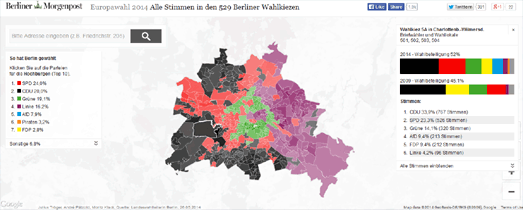Posts
Showing posts from July, 2015
The Street View Stadium Booking System
- Get link
- X
- Other Apps
The Harvard Historical Sea Chart Collection
- Get link
- X
- Other Apps
Visualoop's New Data Visualization Gallery
- Get link
- X
- Other Apps
Literature's Great American Road Trips
- Get link
- X
- Other Apps

































